In today’s fast-paced business landscape, staying ahead of the competition requires informed decision-making. This is where data analytics steps in, and SAP Business One has emerged as a powerful ally in this endeavor. In this blog post, we will delve into the world of data analytics with SAP Business One, exploring its tools, benefits, use cases, and the transformative potential it offers to businesses.
The Power of Data Analytics with SiPSAP’s
Data analytics has become a cornerstone of modern business strategy. It empowers SiPSAP’s Organizations to harness the valuable insights hidden within their data. With the ability to convert raw data into actionable intelligence, businesses can make informed decisions, optimize operations, and drive growth.
SAP Business One’s Reporting and Analytics Tools
SAP Business One is renowned for its robust suite of reporting and analytics tools. These tools empower users to transform data into meaningful visualizations and reports, facilitating better decision-making. Here are some key features:
Dashboards: Create dynamic dashboards that provide at-a-glance insights into critical business metrics.
Data Visualization: Utilize interactive charts and graphs to make complex data more accessible.
Customizable Reports: Tailor reports to your specific needs, ensuring that you focus on the most relevant information.
Benefits of Data Analytics in SAP Business One
The integration of data analytics into SAP Business One offers numerous advantages, including:
Improved Business Visibility: Gain a deeper understanding of your company’s operations, finances, and customer interactions.
Enhanced Decision-Making: Base decisions on data-driven insights, reducing guesswork and increasing confidence.
Increased Efficiency and Productivity: Automate repetitive tasks and processes, freeing up time for strategic activities.
Better Customer Insights: Understand customer behavior, preferences, and trends to tailor your offerings and enhance customer satisfaction.
Data Analytics Use Cases with SAP Business One
SAP Business One’s data analytics capabilities are versatile and can be applied to various aspects of your business:
Sales Forecasting: Predict future sales trends and optimize inventory accordingly.
Inventory Optimization: Ensure you have the right amount of stock to meet demand without overstocking.
Customer Segmentation: Identify and target specific customer segments for more personalized marketing campaigns.
Financial Analysis: Analyze financial data to identify cost-saving opportunities and revenue growth potential.
Getting Started with Data Analytics in SAP Business One
To start using data analytics in SAP Business One, follow these steps:
Data Collection: Gather and organize relevant data from various sources.
Data Preparation: Clean and preprocess the data to ensure accuracy.
Data Analysis: Use SAP Business One’s analytics tools to explore and visualize the data.
Interpretation: Extract actionable insights and trends from the analyzed data.
Reporting: Create reports and dashboards to communicate findings effectively.
Tips and Best Practices
To make the most of data analytics with SAP Business One, consider the following tips:
Ensure data quality and consistency for accurate results.
Regularly perform data analysis and reporting to stay up-to-date.
Invest in training and skill development for your team to maximize proficiency.
Challenges and Solutions
While implementing data analytics in SAP Business One can be highly beneficial, challenges may arise, such as data integration issues or a lack of expertise. To address these challenges:
Invest in data integration solutions that streamline data access.
Provide training and education to equip your team with the necessary skills.
Future Trends in Data Analytics and SAP Business One
The future of data analytics in SAP B-One looks promising, with ongoing developments in AI and machine learning integration. These technologies will further enhance predictive analytics and automation capabilities, providing businesses with even more powerful tools for decision-making.
Conclusion
Data analytics is no longer a luxury but a necessity for businesses aiming to thrive in a data-driven world. With SAP Business One’s reporting and analytics tools, you can unlock the full potential of your data, gaining valuable insights that drive smarter decisions, enhance efficiency, and fuel growth. Harness the power of data analytics with SAP Business One to stay competitive and ahead of the curve.
Call to Action
Ready to explore data analytics with SAP B-One? Start by diving into the reporting and analytics features within your SAP Business One installation. For more in-depth guidance, explore SAP’s official documentation and consider training opportunities for your team. Feel free to share your experiences and insights in the comments section below.



